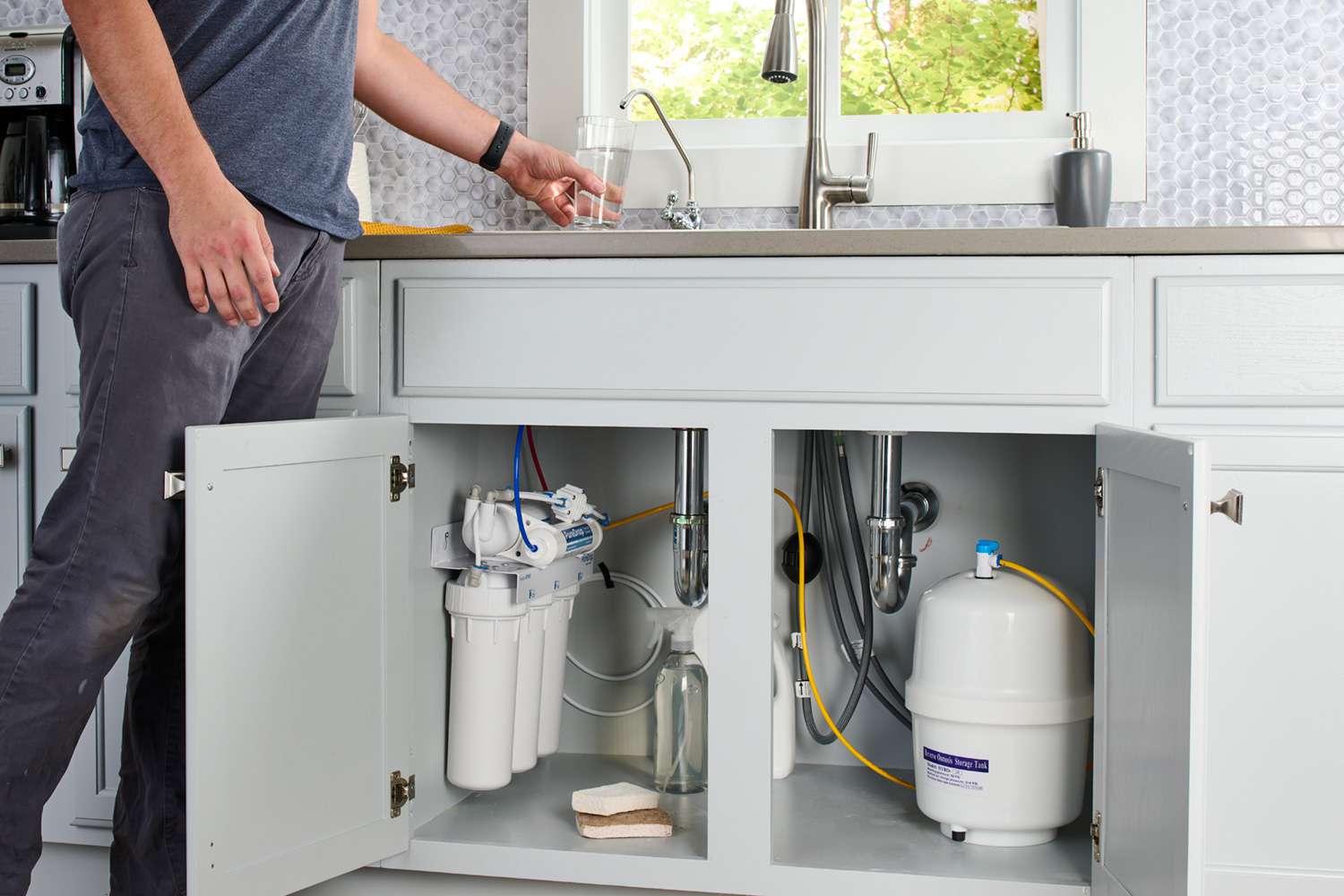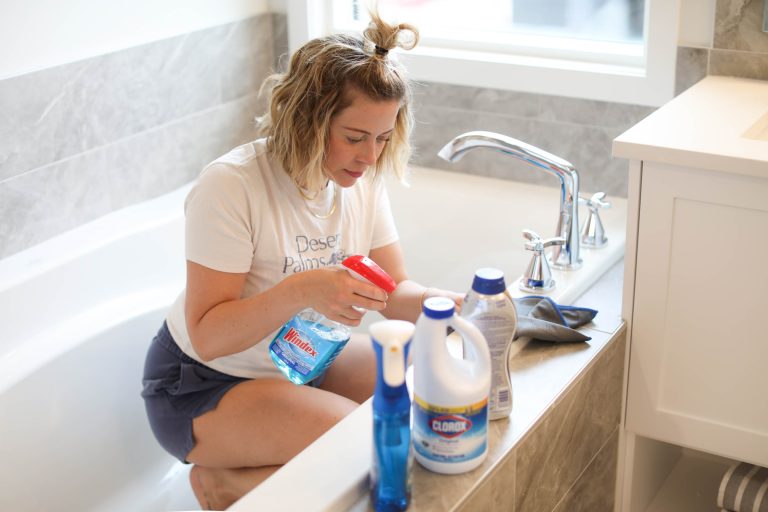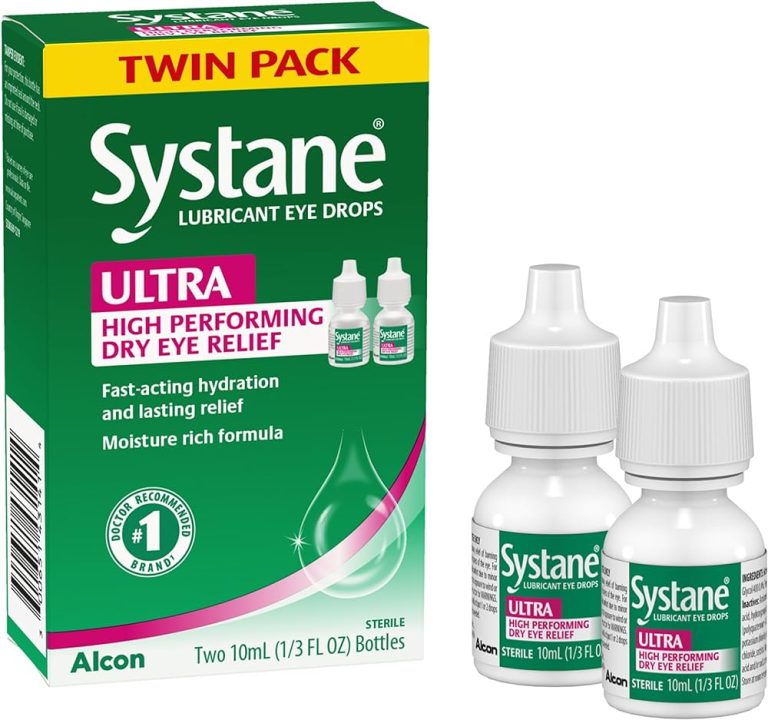9 Best Reverse Osmosis Systems for Clean Water in 2024
Clean, pure water is essential for your health, and a reverse osmosis (RO) system can ensure you get just that. With so many options on the market, finding the right RO system for your home can be overwhelming. Whether you’re looking to improve the taste of your water, remove contaminants, or simply enjoy peace of mind, the right system makes all the difference.
In this article, you’ll discover the 9 best reverse osmosis systems available today. We’ll break down their features, benefits, and what sets them apart, so you can make an informed decision and invest in a system that suits your needs perfectly. Get ready to transform your water quality and enjoy the many benefits of cleaner, healthier water.
Understanding the Basics of Reverse Osmosis Systems
Reverse osmosis (RO) systems are essential for providing your home with clean, purified water. To better choose the best system, it’s crucial to understand how they work and their main components.
How Does Reverse Osmosis Work?
Reverse osmosis works by pushing water through a semi-permeable membrane that filters out impurities. The system uses pressure to force water molecules through this membrane, leaving contaminants behind. Common impurities removed include lead, chlorine, and bacteria. Some systems also include pre-filters to catch larger particles, ensuring your water is as clean as possible.
Key Components of a Reverse Osmosis System
A typical RO system includes several key components:
- Pre-Filters: These filters capture larger particles like sediment and chlorine, extending the life of the RO membrane.
- RO Membrane: The semi-permeable membrane is the heart of the system, filtering out contaminants as small as 0.0001 microns.
- Post-Filters: These are usually carbon filters that remove any remaining impurities, enhancing the taste and quality of your water.
- Storage Tank: This tank stores the purified water, making it available on demand.
- Faucet: A dedicated faucet installed at your sink provides easy access to the purified water.
Understanding these components helps you evaluate different RO systems on the market and select one that meets your needs for clean, safe drinking water.
Criteria for Choosing the Best Reverse Osmosis System
When selecting the best reverse osmosis (RO) system, several factors come into play to ensure you get the optimal performance for your water purification needs.
Water Quality and Contaminant Removal
Choose systems that excel at removing specific contaminants found in your water supply. Look for NSF/ANSI certifications that guarantee effective removal of common impurities like lead, chlorine, and heavy metals. Prefer systems with multi-stage filtration processes for enhanced water quality.
System Capacity and Efficiency
Consider the system’s daily production rate to match your household’s water usage. Measure it in gallons per day (GPD) to find the right fit. Check the efficiency ratio, which indicates the amount of water wasted during the purification process—opt for systems with a lower waste ratio for efficiency.
Installation and Maintenance Requirements
Evaluate how straightforward the installation process is, especially if you plan to do it yourself. Assess the maintenance needs, including filter replacements and membrane longevity. Choose systems with accessible parts and clear instructions to minimize upkeep hassle.Opt for models that offer auto-shutoff features to reduce maintenance efforts.
Each of these criteria is crucial in ensuring that the reverse osmosis system you choose meets your water purification needs effectively and efficiently.
Top 9 Best Reverse Osmosis Systems
Let’s dive into the top RO systems that deliver pure water right to your tap. These top-rated models stand out in efficiency, capacity, and value.
1. Incredible Water Purity: Model A
Model A delivers unmatched water purity. Featuring a seven-stage filtration process, it removes up to 99% of contaminants (lead, chlorine, fluoride). You’ll love its UV sterilizer which ensures the water is free of bacteria and viruses.
2. High-Efficiency Leader: Model B
Model B maximizes efficiency with a 1:1 waste-to-pure-water ratio. The advanced membrane technology provides high throughput, producing up to 75 gallons per day, perfect for medium-sized households wanting minimal water waste.
3. Best for Large Homes: Model C
Model C is ideal for large homes. Its high-capacity storage tank holds 4 gallons, and with a daily output of 100 gallons, it can handle the water needs of a large family. Multiple faucets and fridge connections add convenience.
4. Top Compact Option: Model D
Model D suits small spaces without sacrificing performance. Its sleek design fits under most sinks, and it produces 50 gallons per day. You’ll appreciate the quick-change filters for easy maintenance.
5. Budget-Friendly Choice: Model E
Model E is perfect for those on a budget. Despite its lower price, it offers five stages of filtration and removes up to 95% of total dissolved solids (TDS). It’s an excellent option for cost-effective water purification.
6. Advanced Filtration Technology: Model F
Model F uses next-gen filtration technology. The six-stage system includes a remineralization filter, adding beneficial minerals back into your water. This model ensures both high purity and improved taste.
7. Best for Well Water: Model G
Model G is the superior choice for well water. Its seven-stage filtration tackles the specific contaminants often found in well water, such as iron, manganese, and sediment. An included UV filter offers extra protection against microorganisms.
8. Expandable System: Model H
Model H is perfect if you need flexibility. Its modular design allows you to add extra filters or storage tanks as your needs change. You’ll benefit from its initial five-stage system with easy upgrades.
9. Eco-Friendly Operation: Model I
Model I prioritizes eco-friendly operation. It employs a 1:1 waste ratio and advanced water-saving technology. This model’s energy-efficient components help reduce environmental impact while delivering up to 75 gallons per day.
Features to Look for in a Reverse Osmosis System
When choosing a reverse osmosis system, several key features can impact its performance and suitability.
Filtration Stages
Consider the number of filtration stages. Most RO systems have 3 to 7 stages of filtration. More stages typically mean more thorough contaminant removal. Key stages include sediment filters, carbon filters, and the RO membrane. For example, a system with a UV filter stage provides additional protection against bacteria and viruses.
Water Waste Ratio
Look for a low water waste ratio. Many systems waste 3 gallons of water for every gallon filtered. Advanced systems offer ratios as low as 1:1 or even better. A lower waste ratio is more eco-friendly and cost-effective. Check the product specs to find the most efficient model.
Mineral Replenishment
Opt for systems with mineral replenishment. Though RO systems remove most minerals, some models add essential minerals back into the water. This improves taste and health benefits. Systems with an alkaline filter are particularly beneficial for balancing pH levels.
Installation Tips for Reverse Osmosis Systems
When installing your reverse osmosis system, following some key tips can make the process smoother and ensure that your system functions optimally.
Choosing the Right Location
Pick an accessible and convenient spot near your kitchen sink and a power source for easy maintenance and efficient use. Ensure there’s enough space under the sink for the storage tank and filters. If the location is far from the faucet, consider the extra tubing needed and check for any potential issues in water pressure.
Tools Required for Installation
Gathering the right tools is crucial for a hassle-free installation. You’ll need a drill, adjustable wrench, Phillips and flathead screwdrivers, and a tubing cutter. Some installations may require a Teflon tape, pliers, and a bucket to catch any water spills. Having these tools ready will save you time and help you avoid unnecessary delays.
Maintenance and Care of Reverse Osmosis Systems
Proper maintenance ensures your reverse osmosis (RO) system operates efficiently and provides the highest quality water. Here’s what you need to do to keep your RO system in top shape.
Regular Filter Replacement
Replace filters regularly to maintain filtration efficiency. Most RO systems have multiple filters, including sediment, carbon, and RO membrane filters. Sediment and carbon filters should be replaced every 6-12 months, while the RO membrane typically lasts 2-3 years. Check the manufacturer’s guidelines for specific intervals.
System Cleaning and Sanitization
Clean and sanitize the system annually to prevent bacteria buildup. First, shut off the water supply and drain the system. Remove and clean each filter housing with a mild soap solution, rinse thoroughly, and reassemble. Use a sanitizing solution recommended by the manufacturer to flush the system, ensuring all components are disinfected.
Troubleshooting Common Issues
Identify and resolve common issues to avoid disruptions. For example, if you notice a decrease in water flow, check for clogged filters or an empty storage tank. Leaks can often be fixed by tightening fittings or replacing worn-out O-rings. If water quality drops, consider testing the membrane or consulting the manufacturer.
Conclusion
Choosing the right reverse osmosis system is crucial for ensuring you have access to clean, safe drinking water. By considering factors like filtration stages, water waste ratio, and mineral replenishment capabilities, you can find a system that meets your specific needs. Regular maintenance, including filter replacement and system cleaning, is essential for optimal performance and longevity. With the right RO system and proper care, you can enjoy the benefits of high-quality water for years to come.






